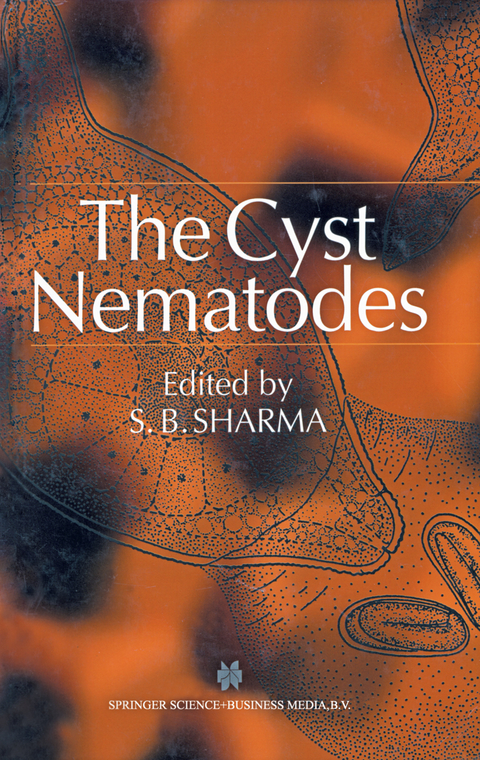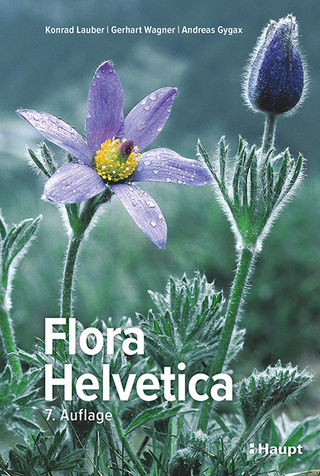
The Cyst Nematodes
Seiten
2010
|
Softcover reprint of hardcover 1st ed. 1998
Springer (Verlag)
978-90-481-4021-3 (ISBN)
Springer (Verlag)
978-90-481-4021-3 (ISBN)
When Franklin published her book on cyst nematodes in 1951, the cyst nematodes were already known as serious pests of brassicas, cereals, potatoes and sugar beets. However, at that time this group of nematode, with about 12 species, was considered tobe largely temperate in distribu tion. Now a total of 105 species (including those that are considered as synonyms or species inquirende by some or all) within six genera of cyst nematodes have been described from temperate, tropical, and subtropical regions and at least five species are important constraints to crop produc tion in tropical agriculture. The previous impression of localization of cyst nematodes in the temperate region was seemingly an artifact due to a greater concentration of nematologists in the temperate regions. Based on my own experience of working in several Asian and African countries, I believe that many more undescribed species are present in the tropical countries of Asia and Africa, and probably in other tropical regions. Most growers, extension workers, and research managers in these regions are still not aware of the possible harm of presence of these nematodes in their agricultural soils. The cyst nematodes are perhaps smaller than the smallest available computer chip but they are very well programmed to survive and pro pagate despite severe hardships. These nematodes are very selective in their choice of food; about 50% of known species are parasites of plants mainly in the families Poaceae and Fabaceae.
1 Distribution and economic importance.- 2 Morphology and ultrastructure.- 3 Evolution, phylogeny and systematics.- 4 Taxonomy and identification.- 5 Survey, surveillance and crop loss assessment.- 6 Extraction, culturing and microscopy.- 7 Biology.- 8 Hatch and emergence.- 9 Host finding, invasion and feeding.- 10 Pathogenicity and damage levels.- 11 Interrelations with other microorganisms and pests.- 12 Development of resistant and tolerant varieties.- 13 Genetics of resistance and parasitism.- 14 Mechanisms of resistance.- 15 Natural parasites and biological control.- 16 Management.- 17 Genetic engineering.
| Zusatzinfo | XVI, 452 p. |
|---|---|
| Verlagsort | Dordrecht |
| Sprache | englisch |
| Maße | 160 x 240 mm |
| Themenwelt | Naturwissenschaften ► Biologie ► Botanik |
| Naturwissenschaften ► Biologie ► Evolution | |
| Naturwissenschaften ► Biologie ► Zoologie | |
| ISBN-10 | 90-481-4021-8 / 9048140218 |
| ISBN-13 | 978-90-481-4021-3 / 9789048140213 |
| Zustand | Neuware |
| Haben Sie eine Frage zum Produkt? |
Mehr entdecken
aus dem Bereich
aus dem Bereich
Gefäßpflanzen: Grundband
Buch | Hardcover (2021)
Springer Spektrum (Verlag)
44,99 €
ein Baum erzählt seine erstaunliche Geschichte
Buch | Hardcover (2024)
Ludwig (Verlag)
23,00 €


